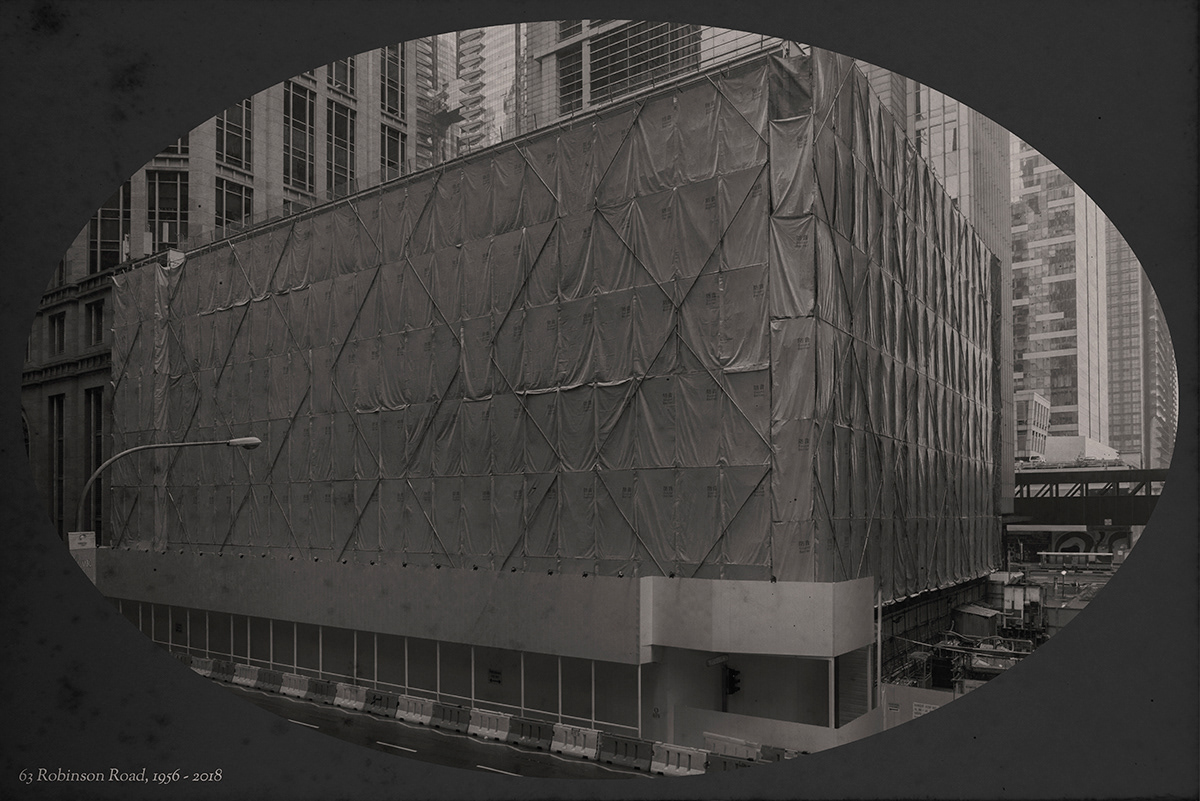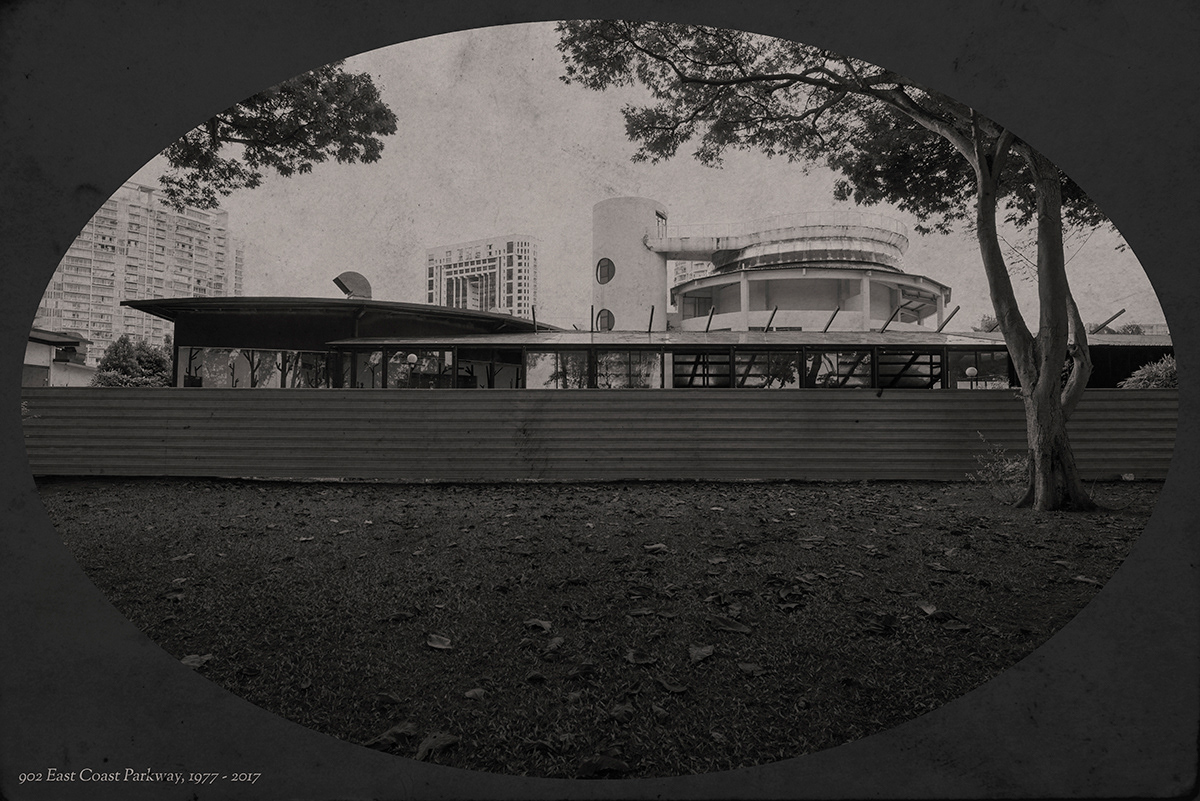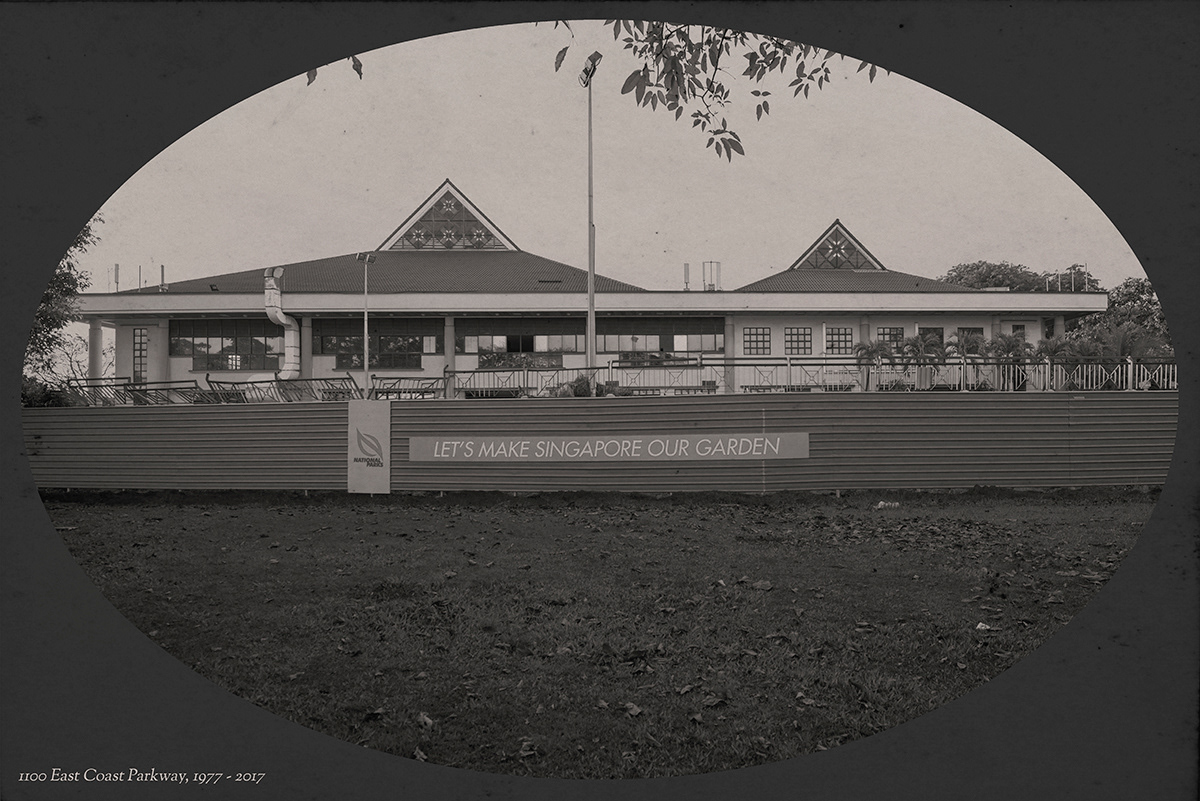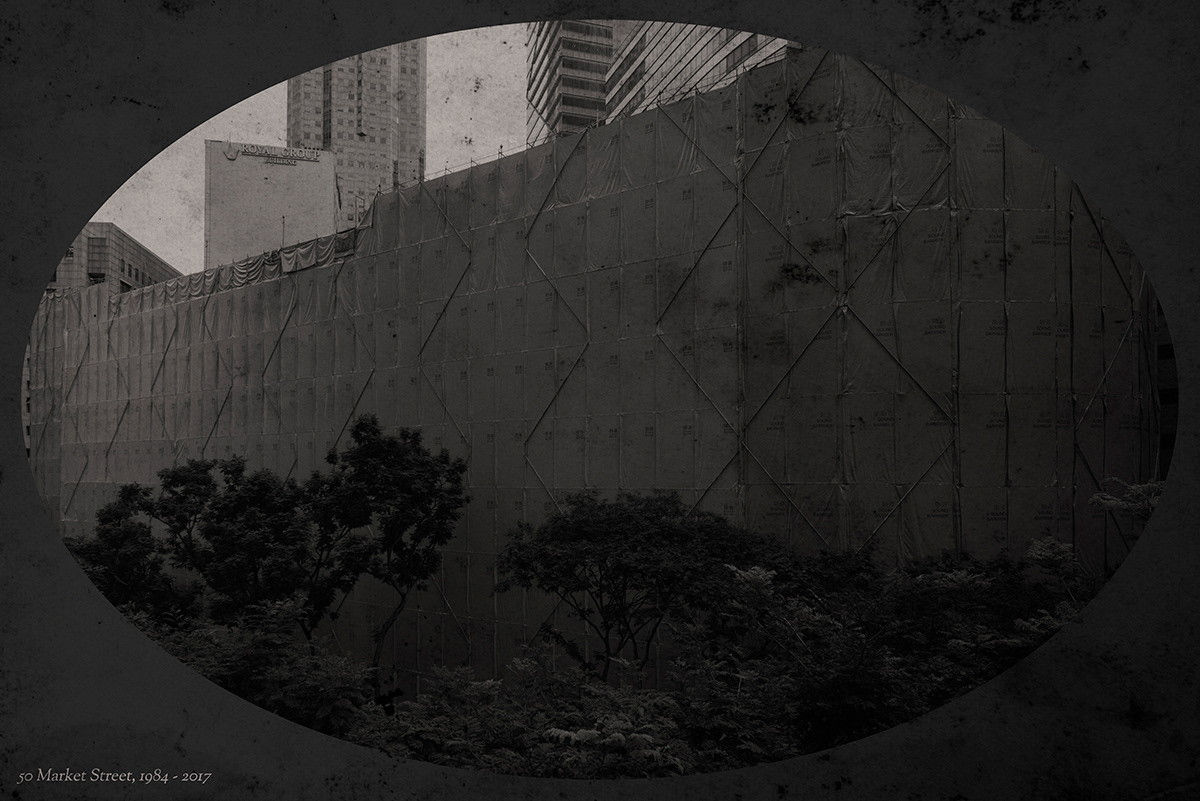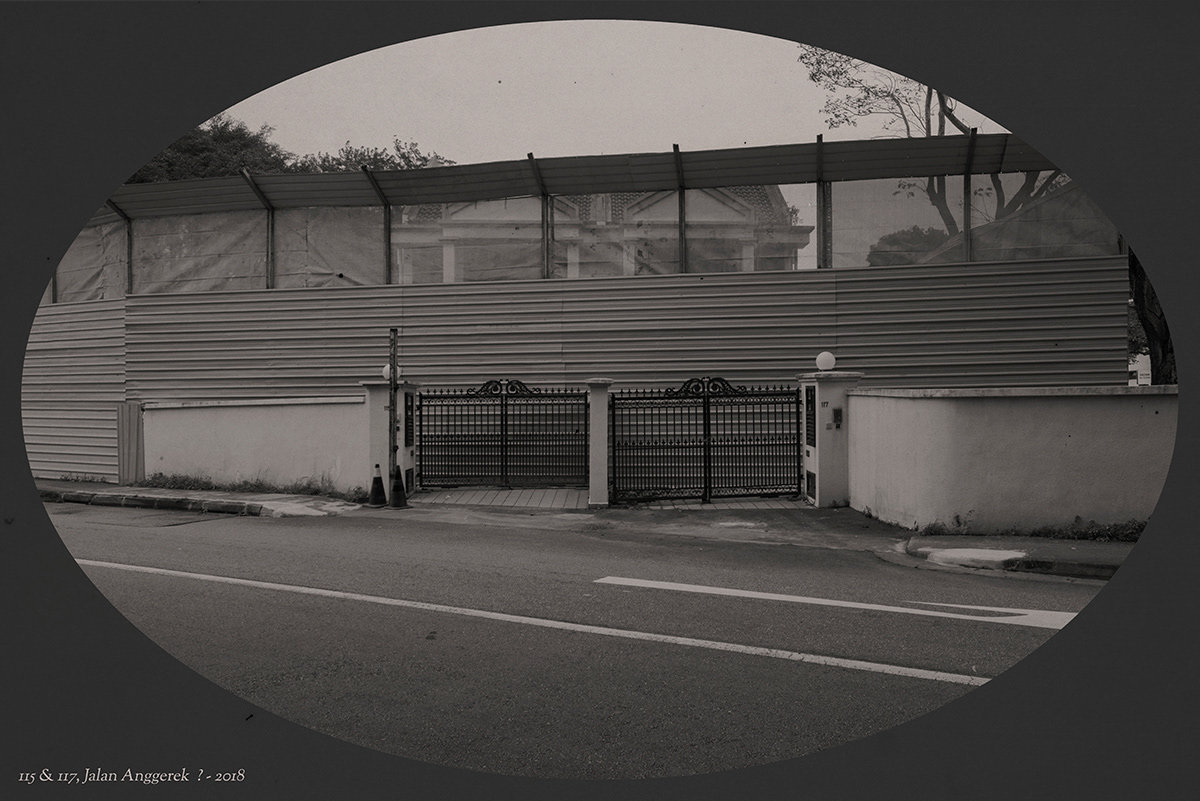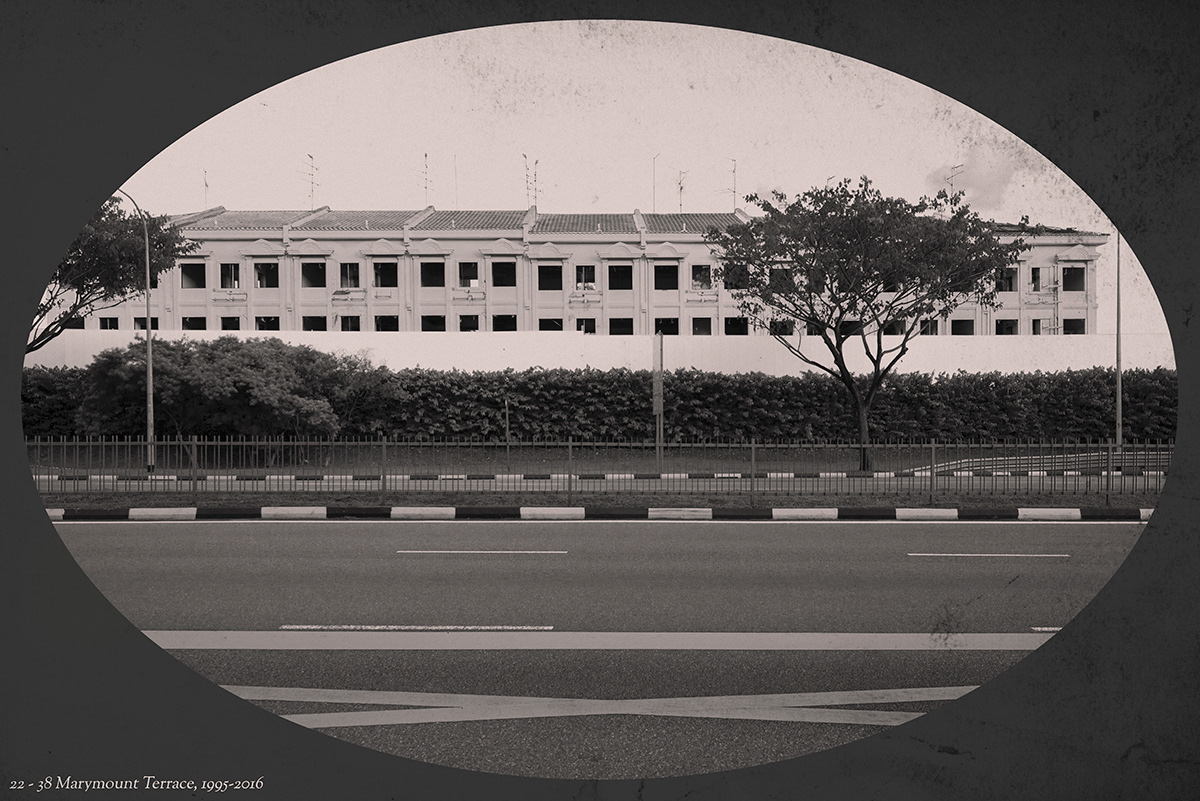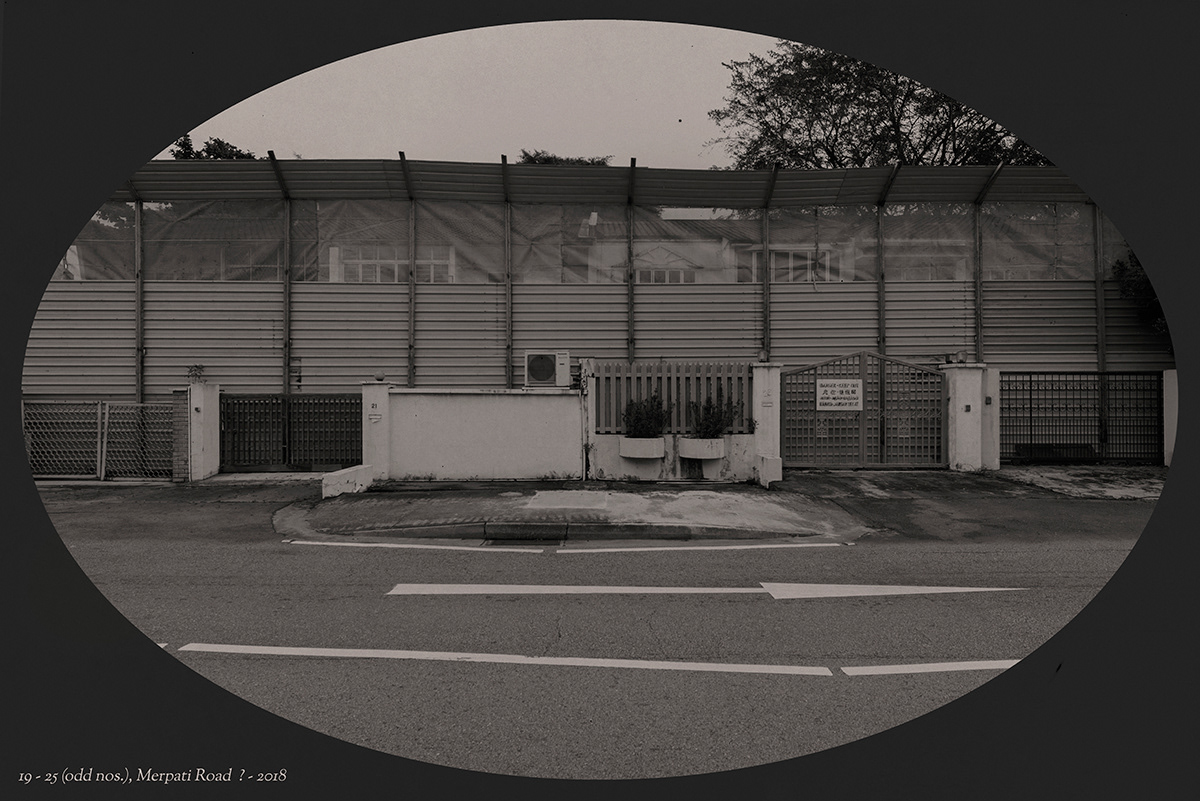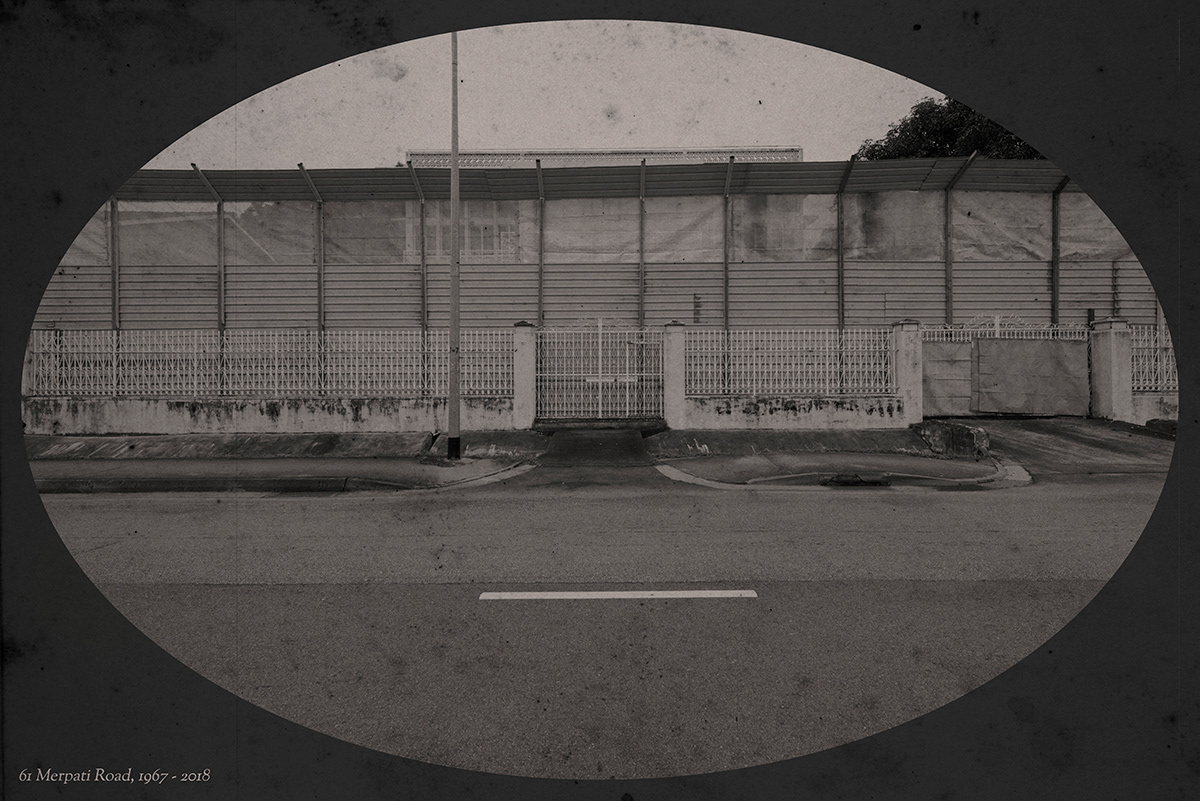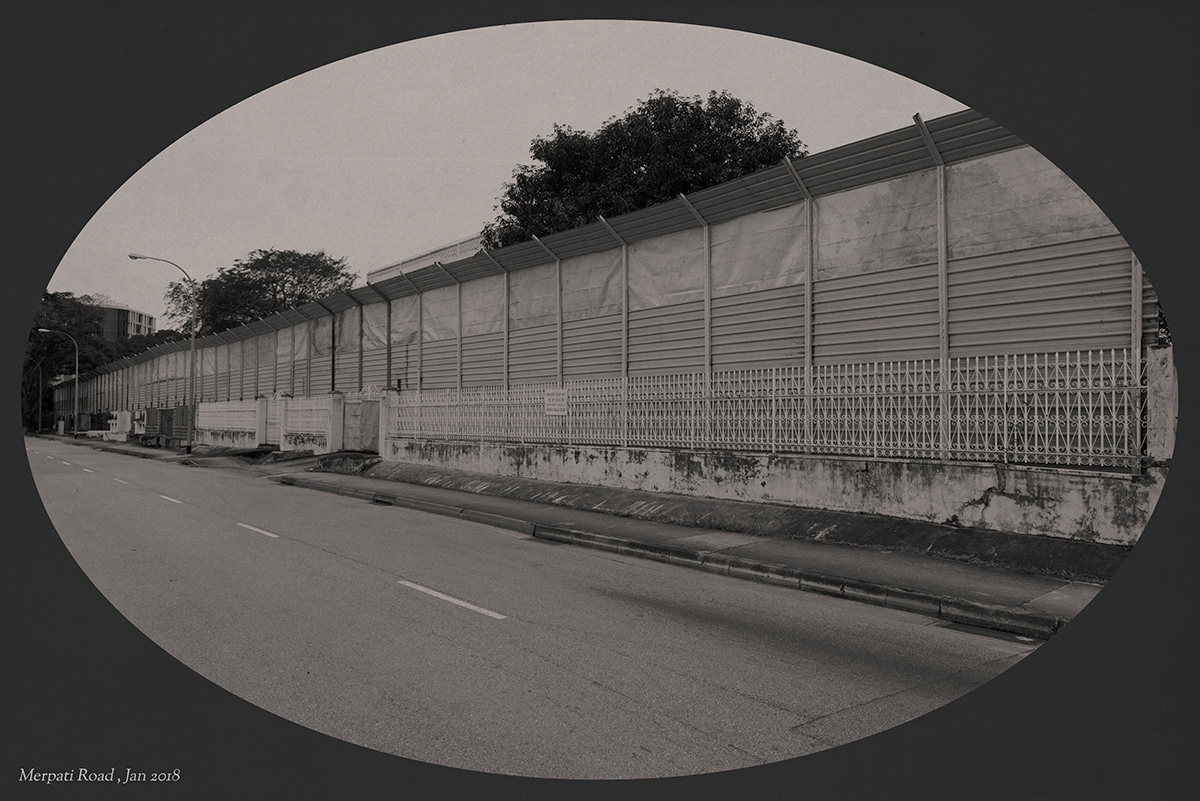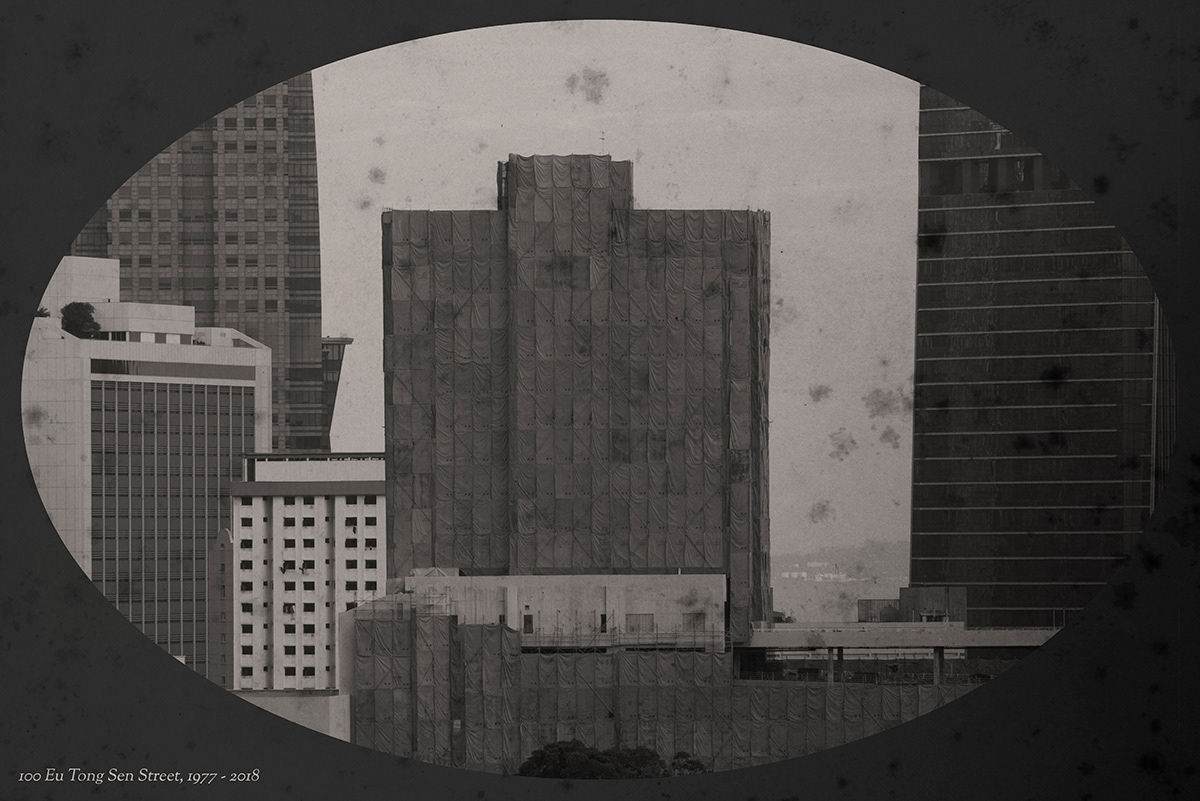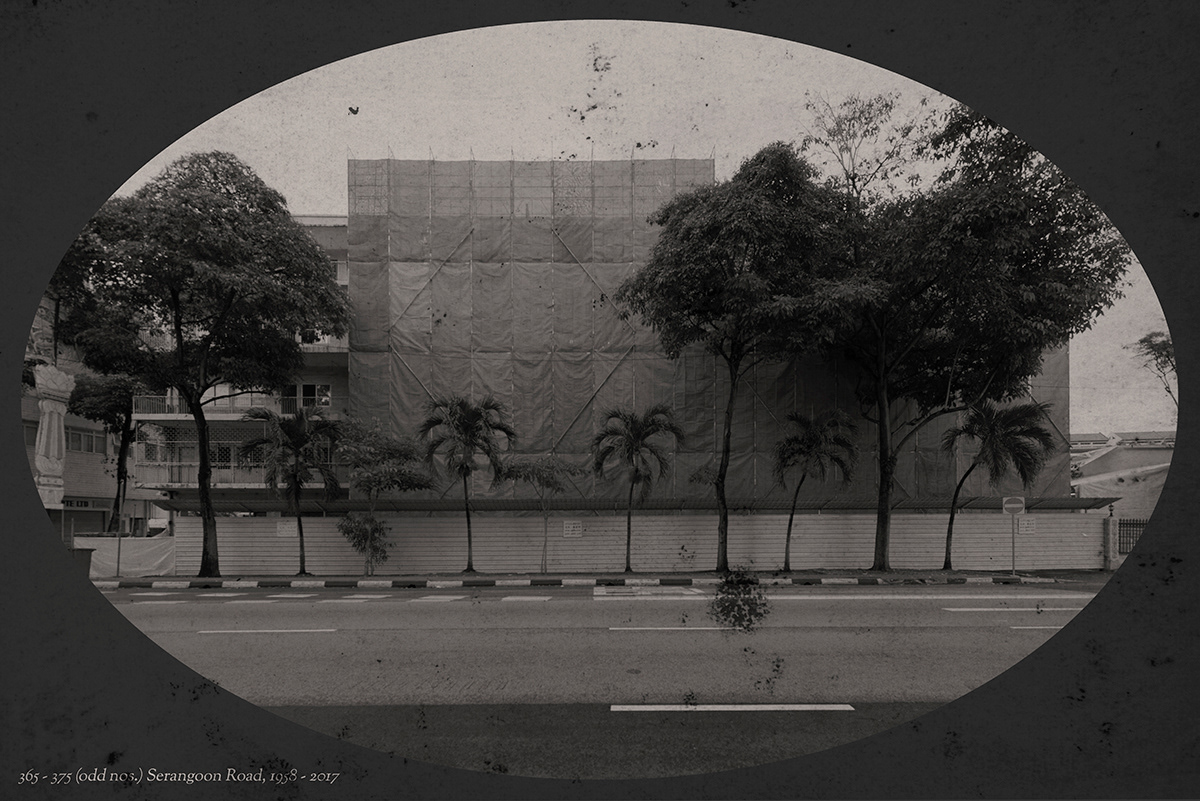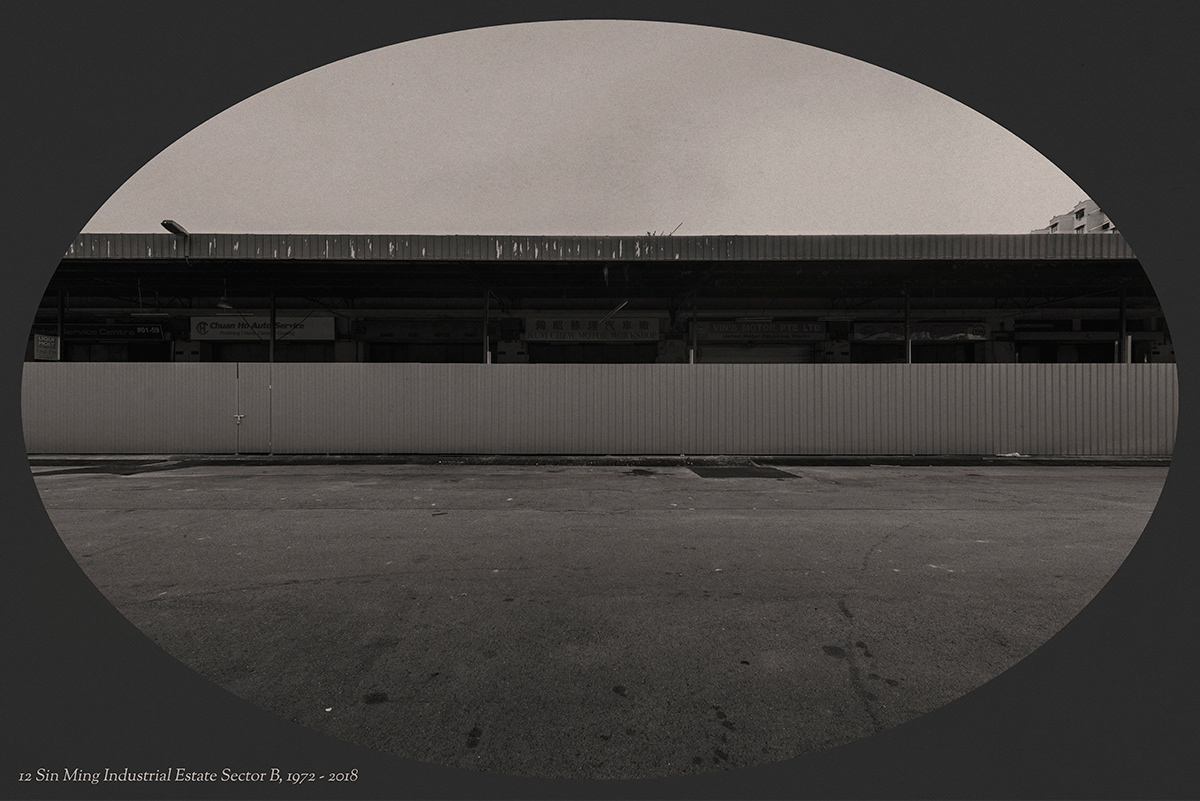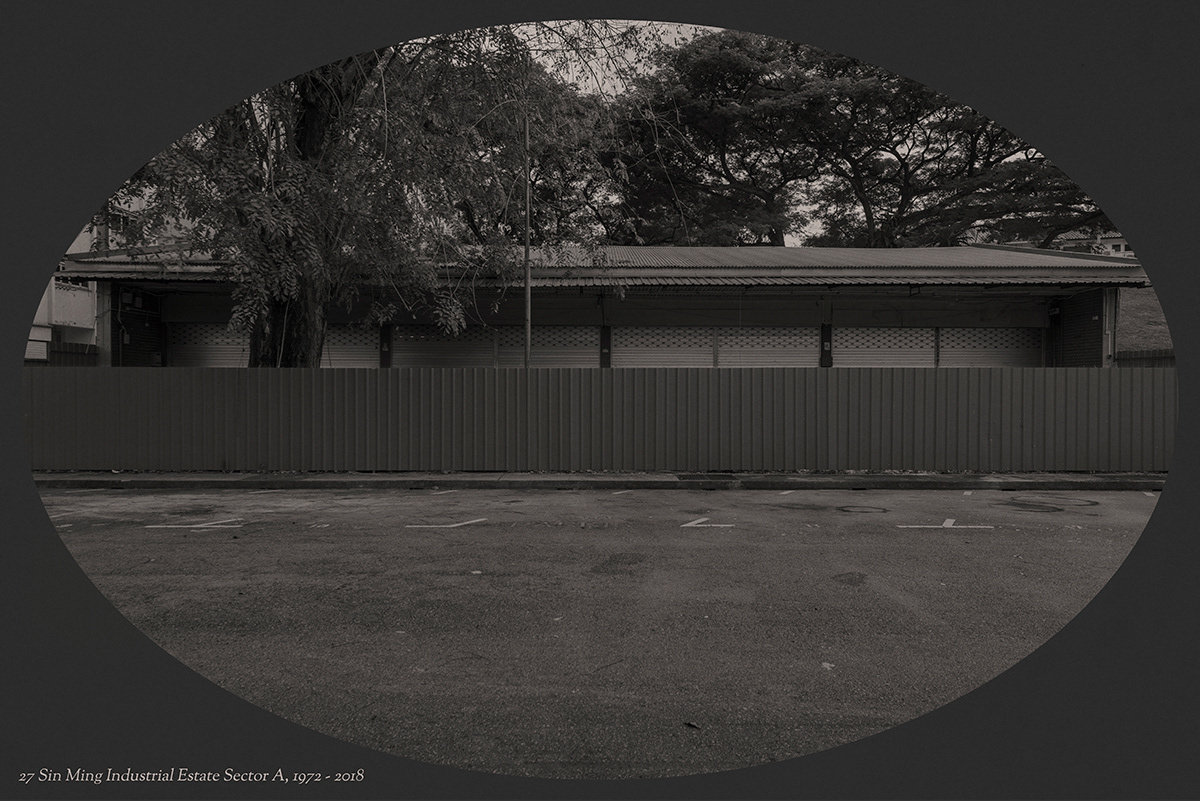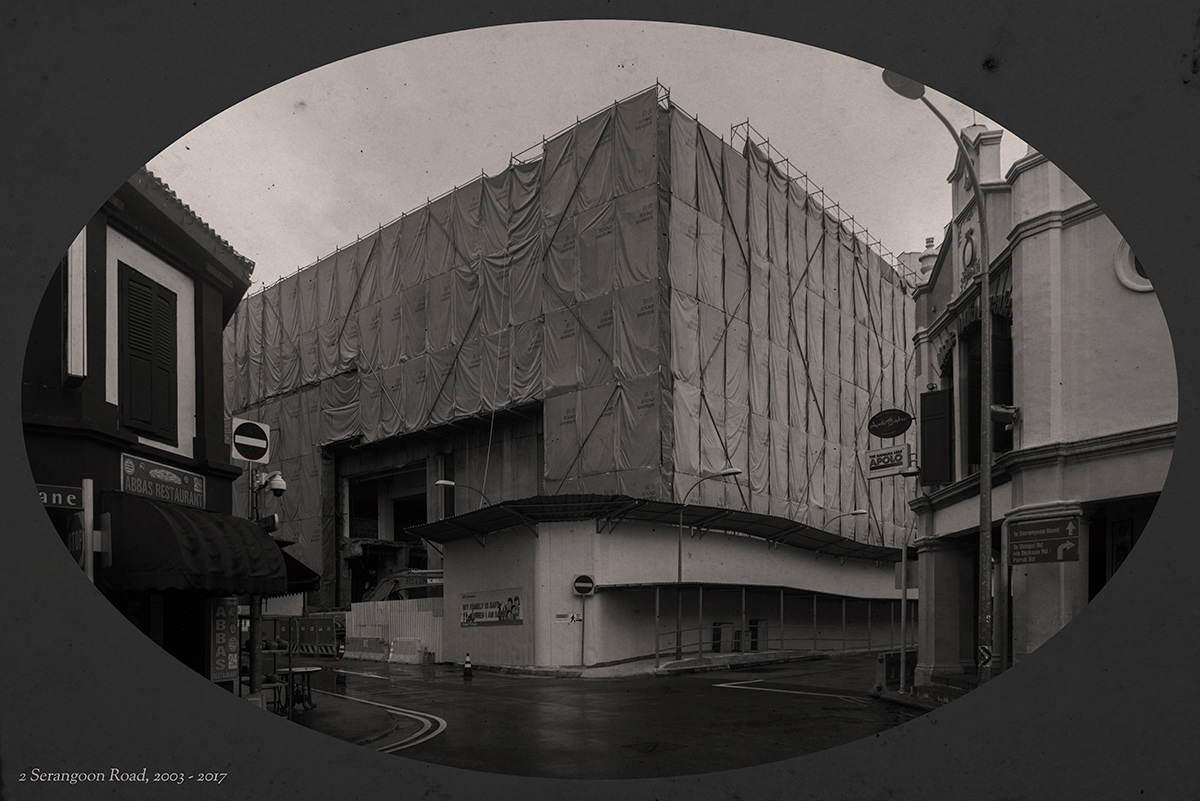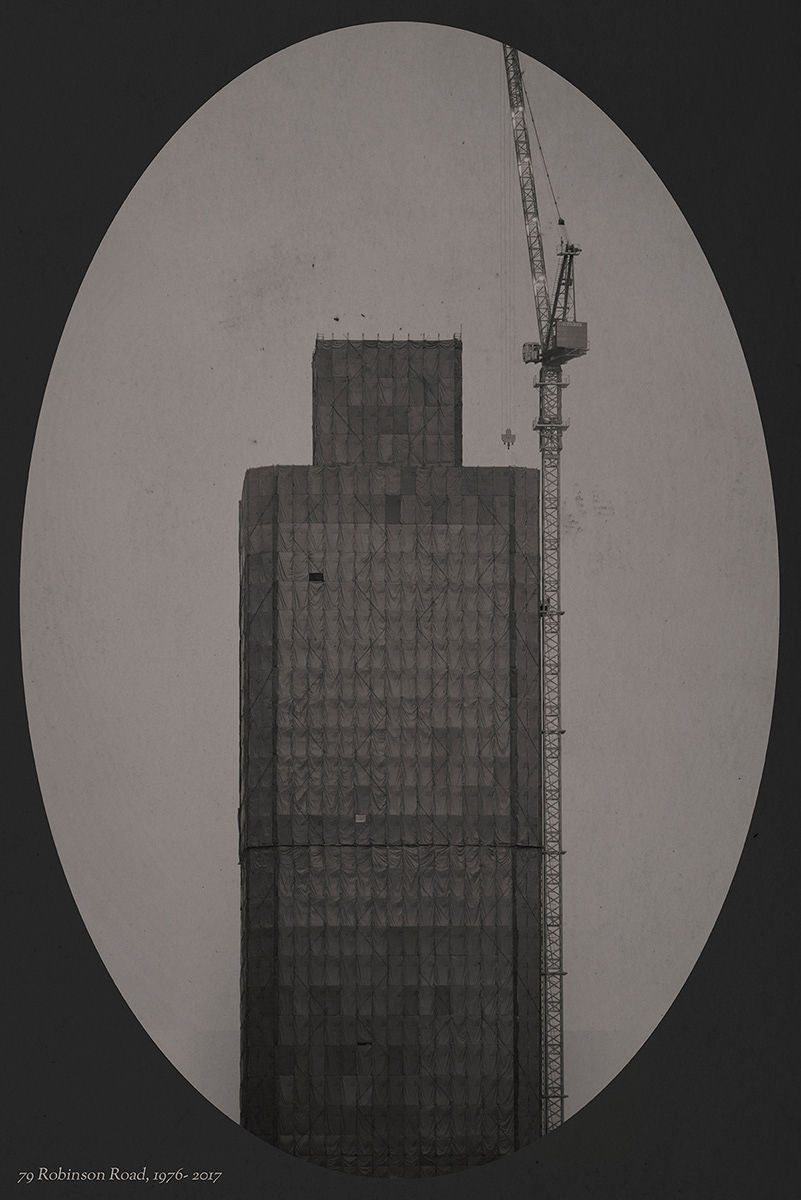
Ongoing
2017
2017
The architecture of demolition, the mortuary portrait of a building.
Singapore is a city in constant change.Buildings are built and redeveloped at a fast pace. A 30 year old building is seen as ripe for redevelopment.
We often do not notice the presence of something until it is no longer there.
In Singapore, demolition and construction is everywhere. It is a part of our cityscape like any building. Demolition seems to be a legitimate form of architecture in Singapore. Even as a young person, many places from my childhood had already been demolished.
We often do not notice the presence of something until it is no longer there.
In Singapore, demolition and construction is everywhere. It is a part of our cityscape like any building. Demolition seems to be a legitimate form of architecture in Singapore. Even as a young person, many places from my childhood had already been demolished.
Like a magician throwing a piece of cloth upwards and vanishing when the cloth drops. When the scaffold drops, the building is no longer there.
Looking back at the very young age of the buildings in Singapore, it is as if history was compressed and accelerated. The photographs are presented in an anachronistic manner responding to vintage photographs, a contemporary gaze into history.
Artist's statement
I thought about vintage photographs showing Singapore in the 19th century. We look to the past in fascination, and we think to ourselves how much had the city changed since then. Maybe in Singapore, this past might just be 10 or 20 years ago. In the past, there was a saying that the national bird of Singapore is the (construction) crane.
Demolition and construction in Singapore is almost as much an architecture as an actual building. In the past few decades, redevelopment and loss of the natural and built environment was seen and accepted with apathy, and seen as a necessity to Singapore's economic growth and urbanisation; it was progress as Singapore rises to become a better city. In Singapore the contemporary is the history of 10 years later.
With recent awakening in Singapore on the loss of our built environment, recent events like the demolition of the old National Library, National Stadium, Futura, Bukit Brown Cemetery, Sungei Road, Rochor Centre, just to name a few; redevelopment is thrown into the spotlight. More often than not people regret the loss of the places. In 2016 to 2017 alone, large buildings like CPF Building, Park Mall and Funan were redeveloped, with a few more large developments where had been, or pending sale and demolition.
In the 19th century, due to the high cost of photography, people may only have one photograph taken of them. Post-mortem photography emerged, where a photograph of a person was taken only after their death, some times it might be the only photograph of the deceased. On tombstones and in obituaries, photographs of the deceased sometimes still stylistically resemble vintage photography.
I thought of a visual language to unite these thoughts together in a coherent visual language. The photographs are responding to history painting; instead with recent events being projected into the past as if it was a historical event. The contemporary photograph is give an anachronistic treatment, responding to obituary portraiture, postmortem photography, vintage postcards and the typological photography of Bernd and Hilla Becher.
